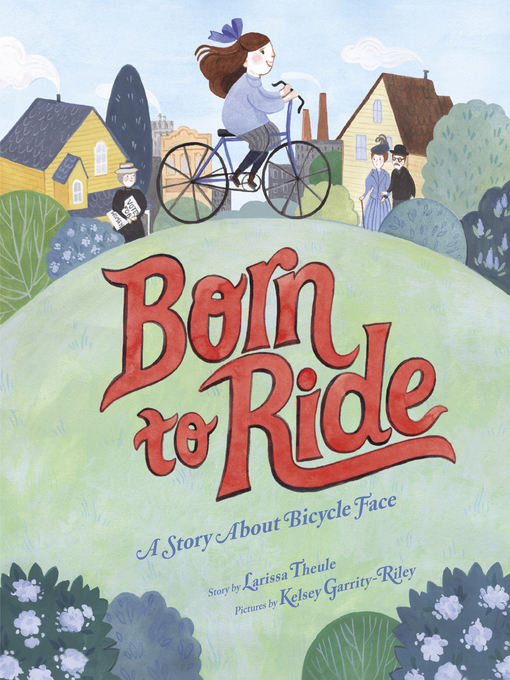Louise Belinda Bellflower lives in Rochester, New York, in 1896. She spends her days playing with her brother, Joe. But Joe gets to ride a bicycle, and Louise Belinda doesn't. In fact, Joe issues a solemn warning: If girls ride bikes, their faces will get so scrunched up, eyes bulging from the effort of balancing, that they'll get stuck that way FOREVER! Louise Belinda is appalled by this nonsense, so she strikes out to discover the truth about this so-called "bicycle face." Set against the backdrop of the women's suffrage movement, Born to Ride is the story of one girl's courageous quest to prove that she can do everything the boys can do, while capturing the universal freedom and accomplishment children experience when riding a bike.
- Featured Magazines
- Let's Get Cooking!
- News, Politics, and Business
- Lifestyle Magazines
- Popular Magazines
- All Magazines
- See all magazines collections



